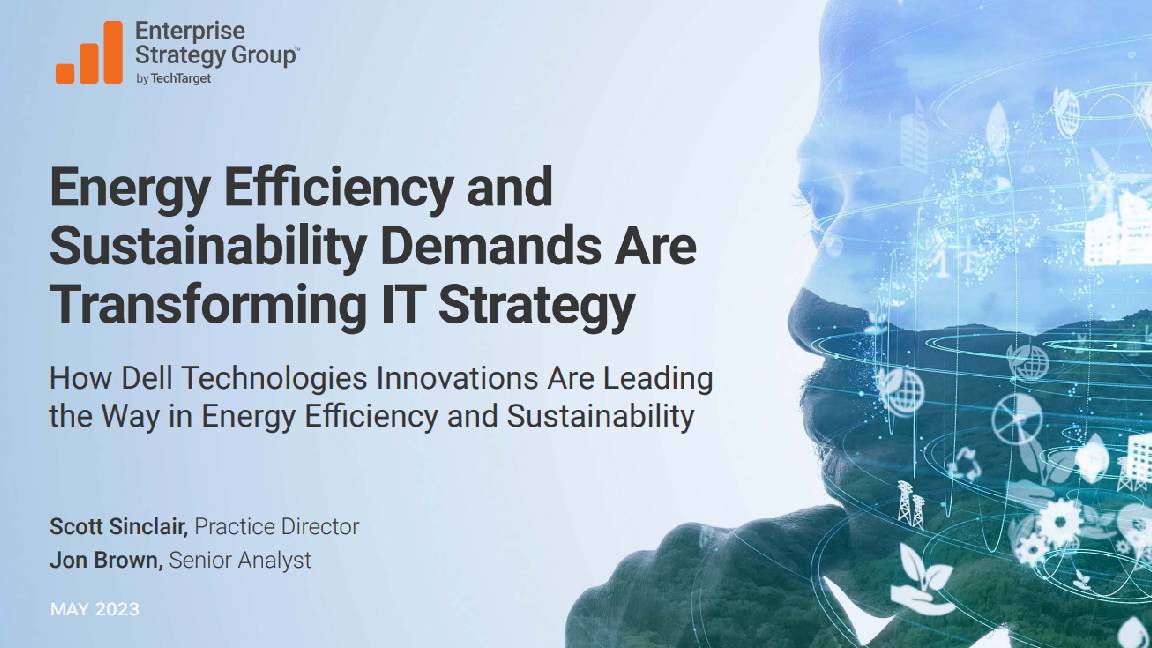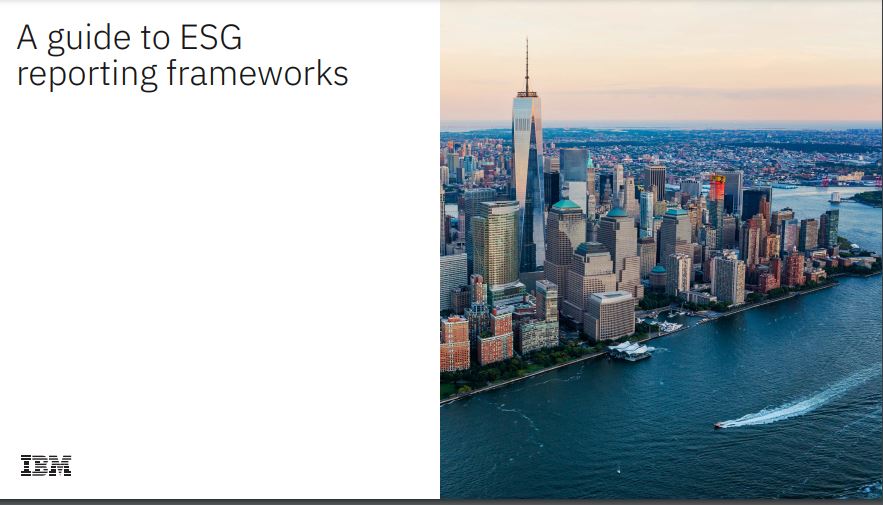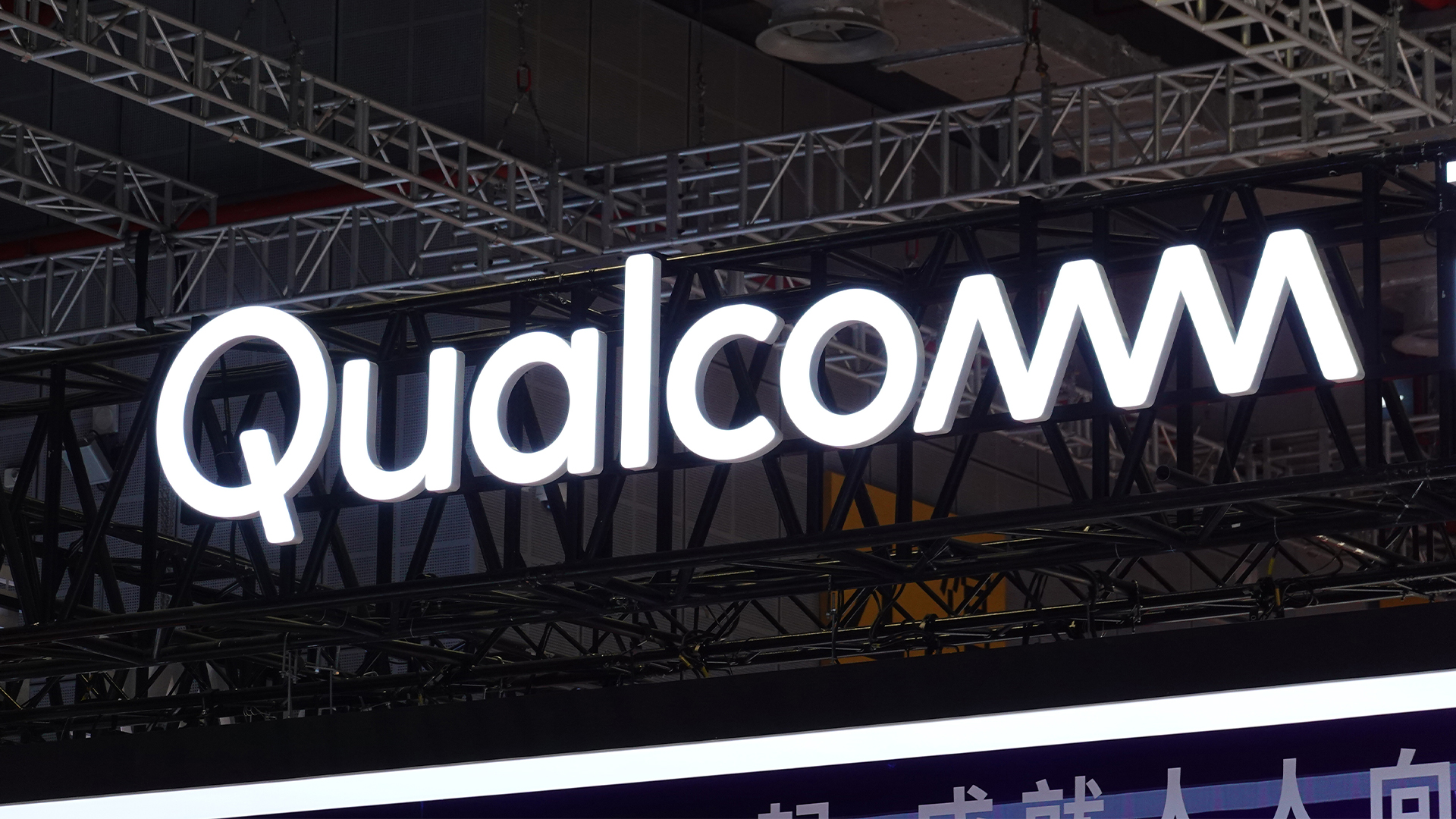Tech to help builders meet carbon rules
Using existing networks, building managers can turn off lights and manage heating.


Clever technology is one way builders are hoping to save carbon emissions, by telling tenants to shut windows or automatically powering down lights, according to industry leaders at a roundtable in London this week.
A government climate change bill means new or refurbished buildings must offer a 20 per cent improvement to their older counterparts. Alongside this, tenants be they businesses or schools, for example are also increasingly thinking green, if only to cut their spending on energy, improve their branding or ensure their energy security.
"We believe it's about a responsibility to society," said Barbara Colledge, of Leeds Metropolitan University. "It's good for a brand point of view and it also contributes to the bottom line."
While much of the carbon emission savings will come from better design and improved insulation, high-tech methods will also contribute.
IT is a major source of heat as well as user of energy in any workplace or school. "Increasingly now, chief executives are saying they need business to more green," said Rajesh Sinah, technical director at NG Bailey.
He advised businesses looking to turn IT green to take a holistic rather than tactical approach. "It isn't going to change the world overnight if you buy one brand of printer over another," he said.
Instead, he said businesses should look to convergence, and bring together their communications systems, rather than having a separate phone, voicemail and desktop set-up. He also suggested the use of video conferencing, virtualisation and thin clients which use 15 per cent of the power of traditional PCs, could keep costs down and generate less heat.
Sign up today and you will receive a free copy of our Future Focus 2025 report - the leading guidance on AI, cybersecurity and other IT challenges as per 700+ senior executives
But the key issue is centralisation. "Because the cost of bandwidth is coming down, centralised systems are increasingly being used all infrastructure in one or two places reduces management and mean you can get more out of virtualisation," he said.
On top of those traditional, IT-based savings, technology can help manage buildings. Sinah cited a major supermarket which took 17 systems to control. Centralising those systems and using cause-and-effect principals to control heating and other issues such as turning off air conditioning when the system sees that a window has been opened has brought big savings, he said.
He cited another example of a hotel which connected its check-in system with room comfort controls. This allowed the hotel to shut off air-con or lights in unused rooms, as well as to turn them on when someone checked into the room, so it was comfortable for the guests once they arrived.
Sinah suggested that using such interconnected, cause-and-effect systems could let businesses turn off lights and heating when Outlook knows someone is out of their office. "You can do very cute things that make buildings very comfortable and sustainable," he said.
A converged system has been used in NG Bailey's own Reading office, where the firm tests some of the more interesting systems out, such as smart cards and number plate recognition for cars coming into the parking lot. "Because we've got weather stations, we can email someone with an open window," he said, admitting that maybe they should just hire people who know to shut windows when rain starts to come in.
But while that's all very cool, does it save energy? NG Bailey's Cal Bailey said that their new Scottish headquarters will save 95 per cent of emissions using such tech methods.
But Sinah said interoperability and open standard systems were key to allowing this to happen. "You can only do this if systems talk to each other," he said.
As IT PRO reported last year, such methods are already being designed for use in schools.
Freelance journalist Nicole Kobie first started writing for ITPro in 2007, with bylines in New Scientist, Wired, PC Pro and many more.
Nicole the author of a book about the history of technology, The Long History of the Future.
-
 Beyond the upgrade: How to maximize IT investments and minimize waste
Beyond the upgrade: How to maximize IT investments and minimize wasteHow to maintain optimal performance and productivity with your fleet of hardware and stave off the next upgrade cycle for a bit longer
-
 Energy efficiency and sustainability demands are transforming IT strategy
Energy efficiency and sustainability demands are transforming IT strategywhitepaper How Dell Technologies innovations are leading the way in energy effiency and sustainability
-
 Energy efficiency and sustainability demands are transforming IT strategy
Energy efficiency and sustainability demands are transforming IT strategywhitepaper How Dell Technologies innovations are leading the way in energy effiency and sustainability
-
 Your guide to smarter printing: 2024 edition
Your guide to smarter printing: 2024 editionWhitepaper Making smarter printing simple for all businesses
-
 How to empower employees to accelerate emissions reduction
How to empower employees to accelerate emissions reductionin depth With ICT accounting for as much as 3% of global carbon emissions, the same as aviation, the industry needs to increase emissions reduction
-
 How much say does IT really have in sustainability initiatives?
How much say does IT really have in sustainability initiatives?ITPro Network Vendors are ready to proclaim their green credentials, but as members of the ITPro Network explain, making changes on the ground can be complex
-
 ESG: Designing the ideal digital work experience for the next generation of innovators
ESG: Designing the ideal digital work experience for the next generation of innovatorsWhitepaper What users want, why it's critical to give it to them, and how the whole organization can benefit
-
 A guide to ESG reporting frameworks
A guide to ESG reporting frameworksWhitepaper Guidelines to assist with your approach to ESG reporting


